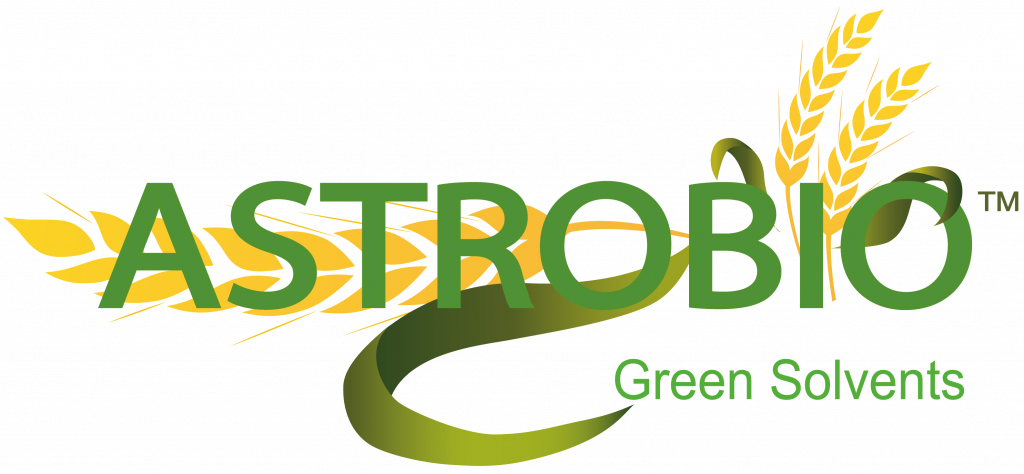What’s green chemistry?
For sure this question is interesting.
A thing is sure: answers we can hear everywhere are quite different and many times are indefinite or even contradictory.
In this article I will explain you (on the basis of an historical scientific publication) how you will be able to recognize green chemistry, its daily products and which real principles are leading it.
As known, chemistry, as a discipline, is quite enchanting, with all its coloured solutions, bechers, glass instruments, fumes, reactions, etc … that sometimes explode!
Our collective fantasy is crowded by many persons with a white smock and some test – tubes in their hands.
Let’s be sincere: who never played at the “ young chemist “ at least once in his life?
When we became adults the initial fascination has been overcome by a more prudent approach.
Maybe you haven’t got occasion to study chemistry as I had, but you are using daily an incredible number of chemical products too, many times without realizing it.
When we hear about “green chemistry” a great debate happens, sometimes even confusing.
Of course, It happens for many reasons:
- first of all, adjective “green“ is more and more trendy and overused,
- secondly, many times “green“ is confused with “non-dangerous“, “ecologic“ or “natural“.
Many times things are in coincidence, but most times things have to be analyzed in details.

Now I will reveal you, on the basis of a scientific publication, the 12 green chemistry principles, with which you will be able answering to the following great questions.
- Can chemistry really be green?
- Is there a way to distinguish between green chemistry and the traditional one?

You can read about the 12 Green Chemistry here below, directly from Oxford University:
1. Prevention
It’s better to prevent waste formation than treat it or clean it after formation.
2. Atomic economy
Don’t be afraid!
Here we aren’t talking about missiles or atomic weapons, but just about atoms.
As you remind from your first chemistry lessons, the atom is the smallest part of a chemical element that keeps all chemical properties of the element itself.
In chemical reactions, everything is in transformation, but not always all the materials we produce are useful, therefore a great part of them has to be drained or transformed again.
On the contrary, in green chemistry, it’s important to keep all starting materials in finished products.
3. Less dangerous synthetic methods
Whenever possible, all synthetic methods have to be planned in order to use and generate substances with the minimum toxicity, for human and environmental health.
4. Planning safer chemical products
Chemical products have to be planned in order to achieve desired functions by minimizing toxicity.
5. Safer Solvents and additives
When the usage of additives and solvents is necessary (ad es. diluents, acetone, etc…) those who have less toxicity during their usage should be selected.
6. Energy efficiency
The energy need for chemical preparations has to be optimized in order to avoid any energy waste. Synthetic processes should be run at atmospheric temperature and pressure.
7. Renewable resources usage
Every raw material should be renewable and sustainable, whenever technically and economically viable.
8. Reducing derivatives
Derivation processes that aren’t necessary (for example, using blocking agents, or systems of protection and de-protection, etc…) have to be minimized since these steps request additional reagents who are producing non desired waste.
9. Using selective reagents (catalysis)
Catalytic reagents, that aren’t consumed during the process, are preferred to the stoichiometric ones, that are totally consumed during the process.
10. Degradability
Chemical products must be planned in such a way that, at the end of their function, they can undergo total degradation, producing non-toxic by-products, that cannot damage the environment.
11. On time pollution monitoring
Analytical methods have to be improved and enhanced to allow the online processes monitoring and predict the formation of hazardous substances.
12. Accidents preventions for a safer chemistry
All chemical substances have to be selected and used with the target of minimizing accidents, included air releases, as toxic fume releases, explosions and fires.
If you are interested in reading the original article in English, here you have reference:
Anastas P.T. and Warner, J.C., Green Chemistry: Theory and Practice Anastas P.T. and Warner, J.C., Oxford University Press, New York, 1988, pag. 30.

